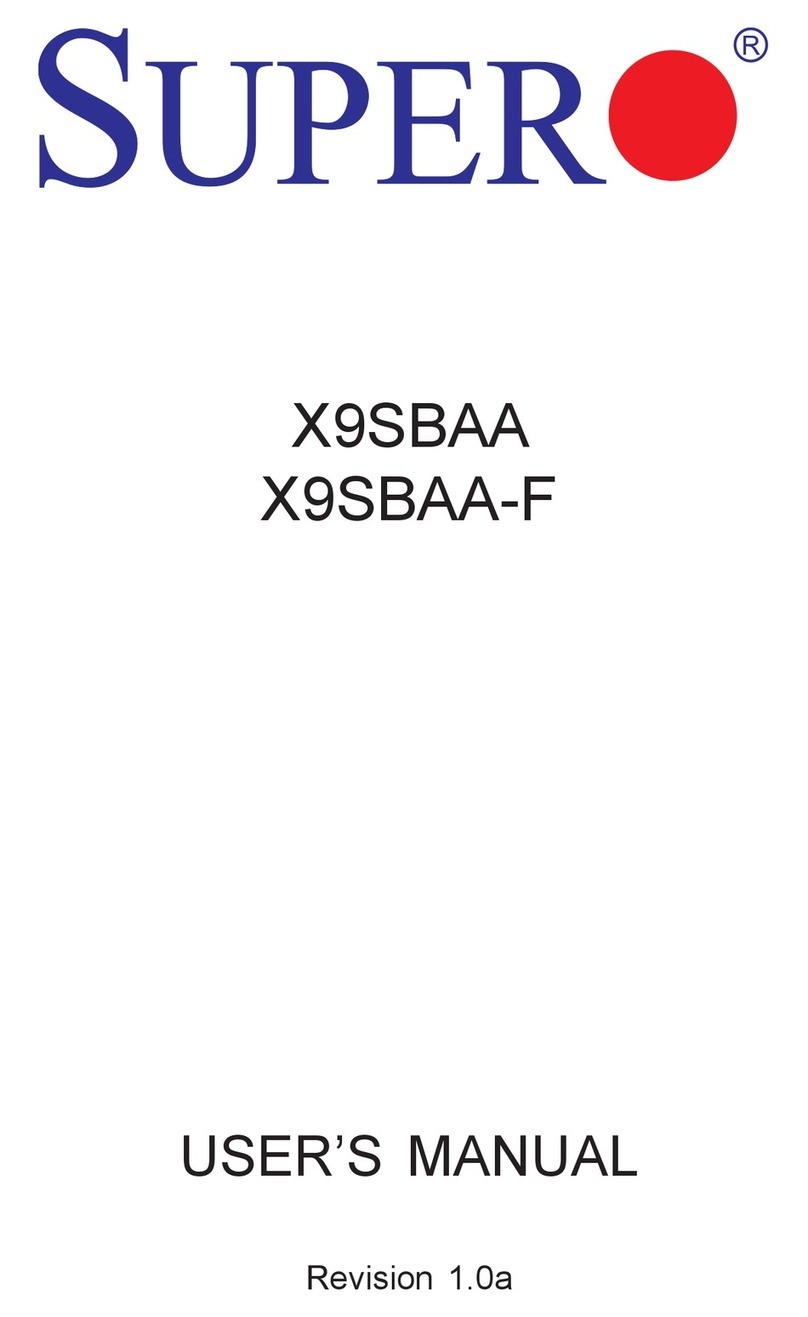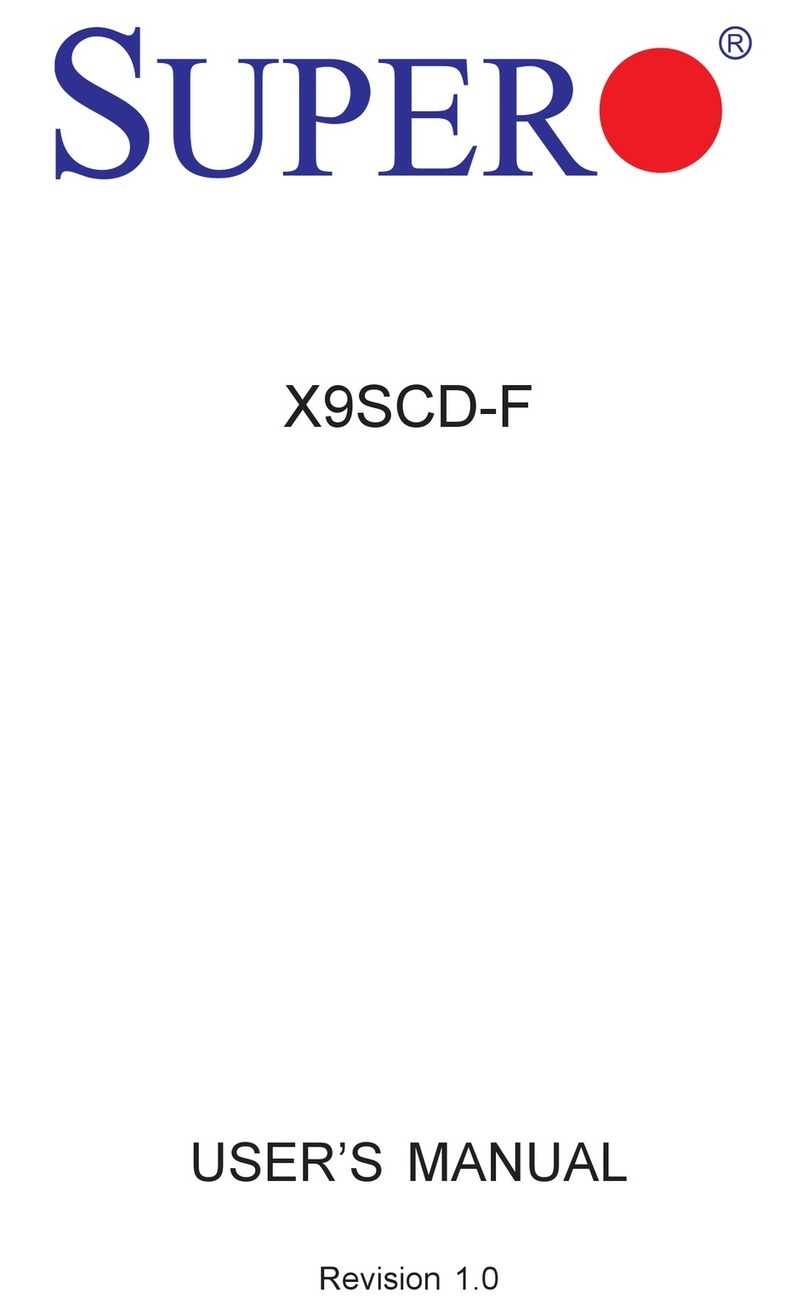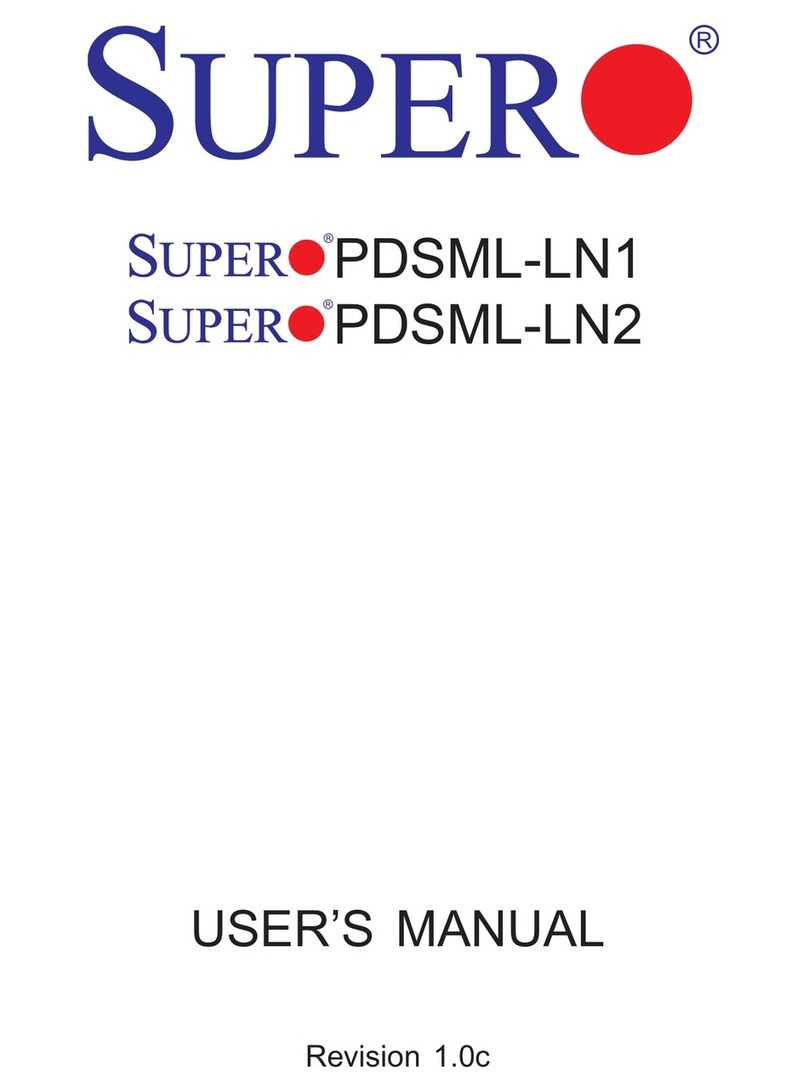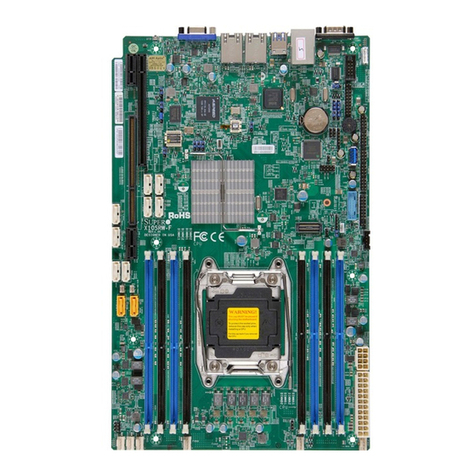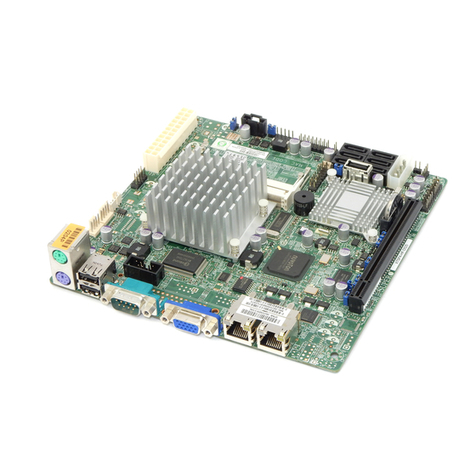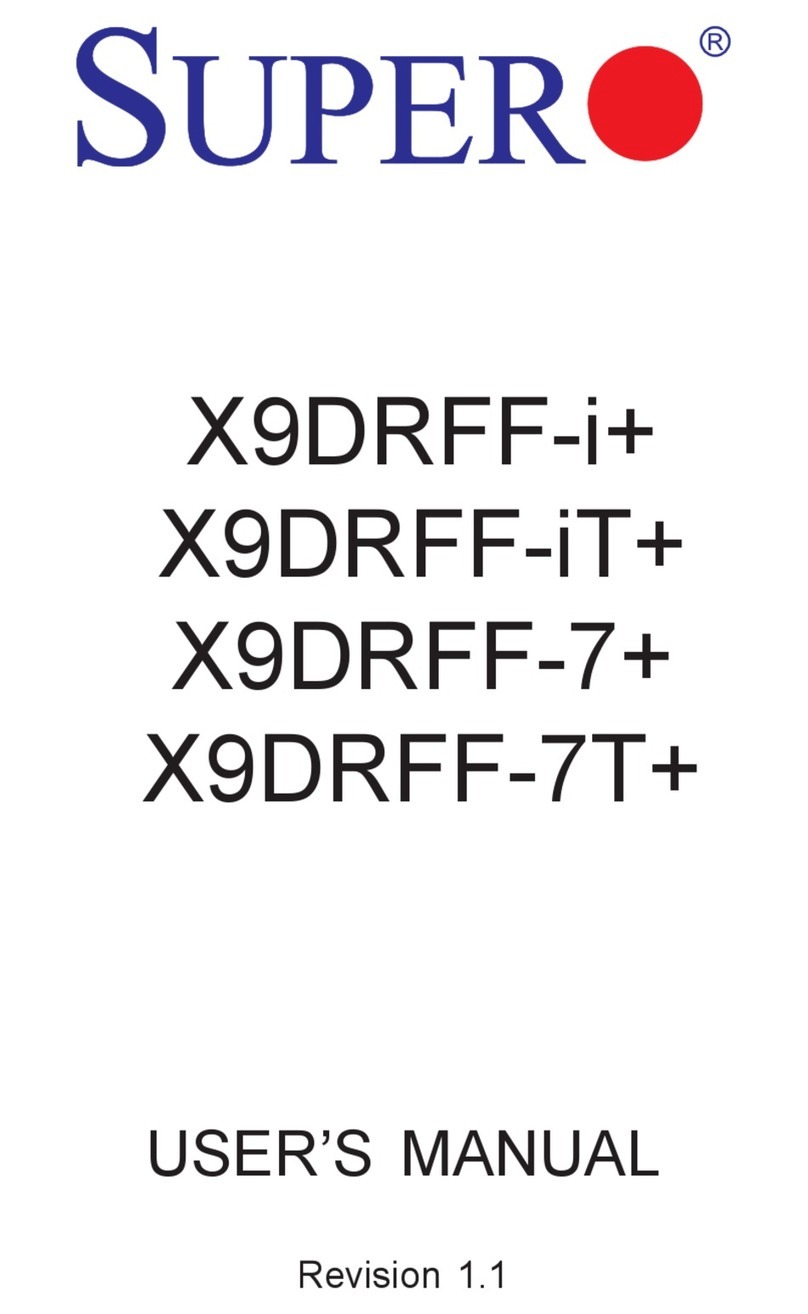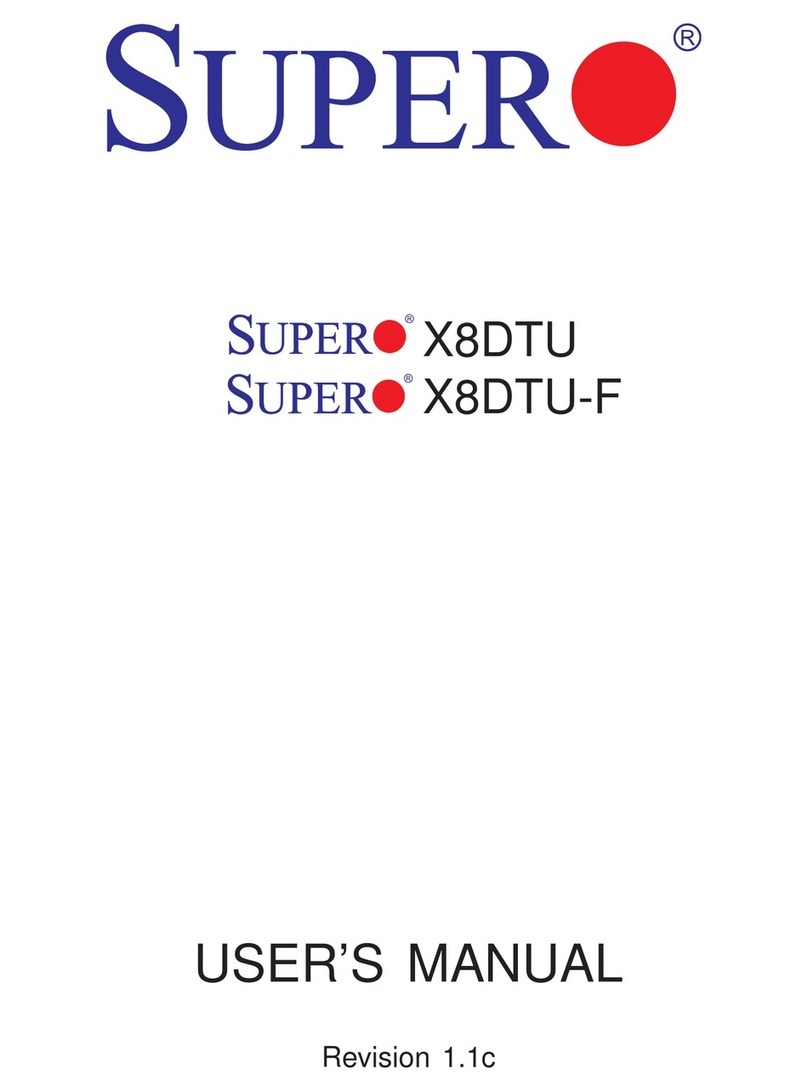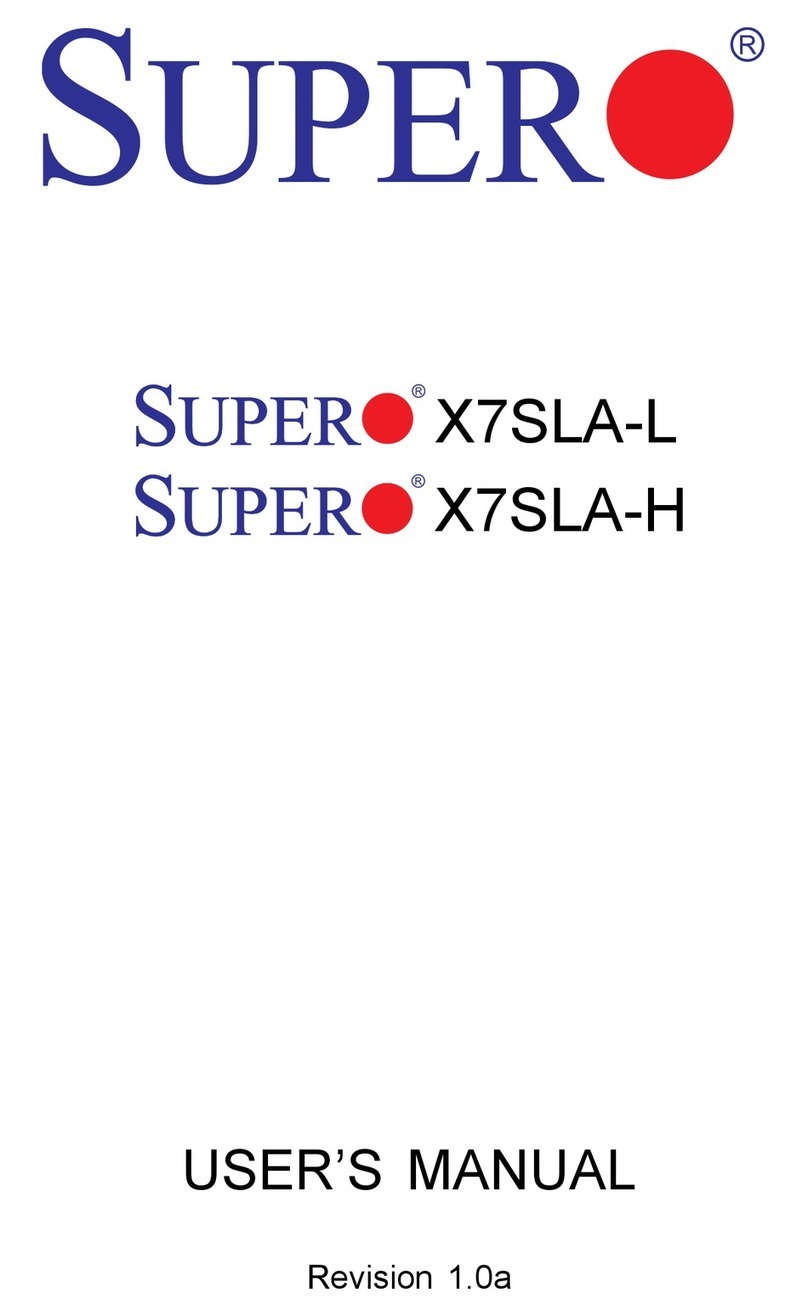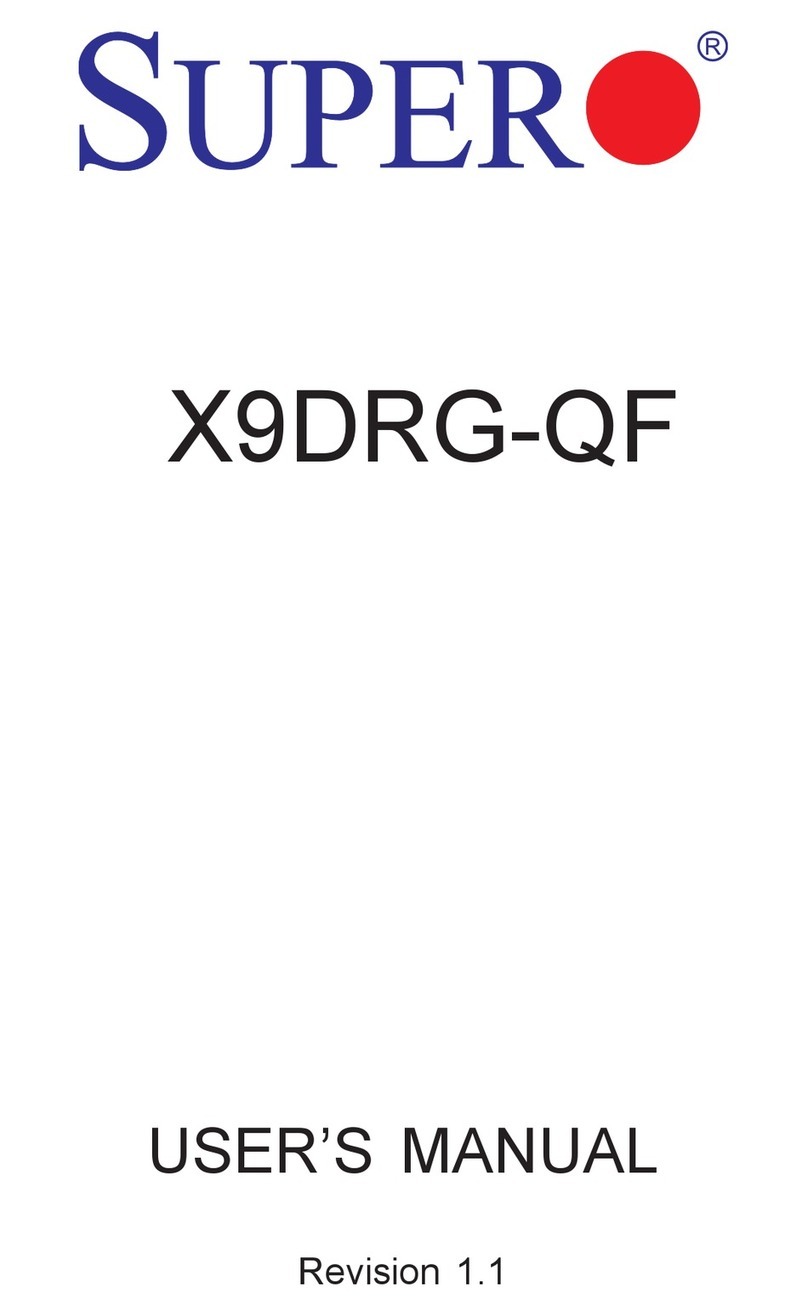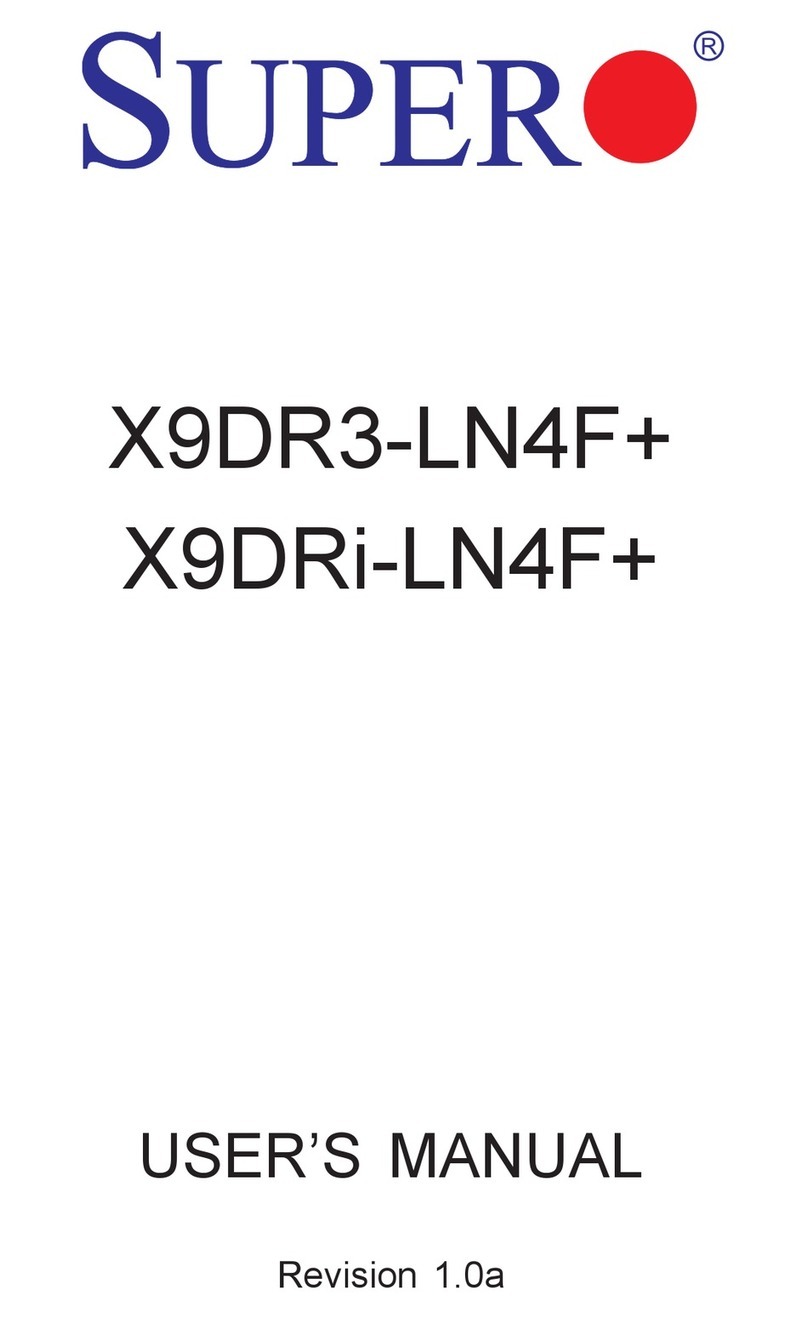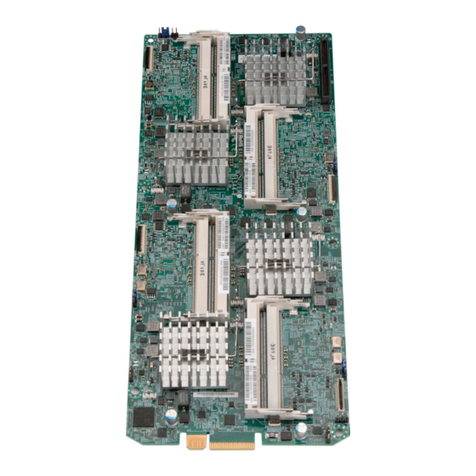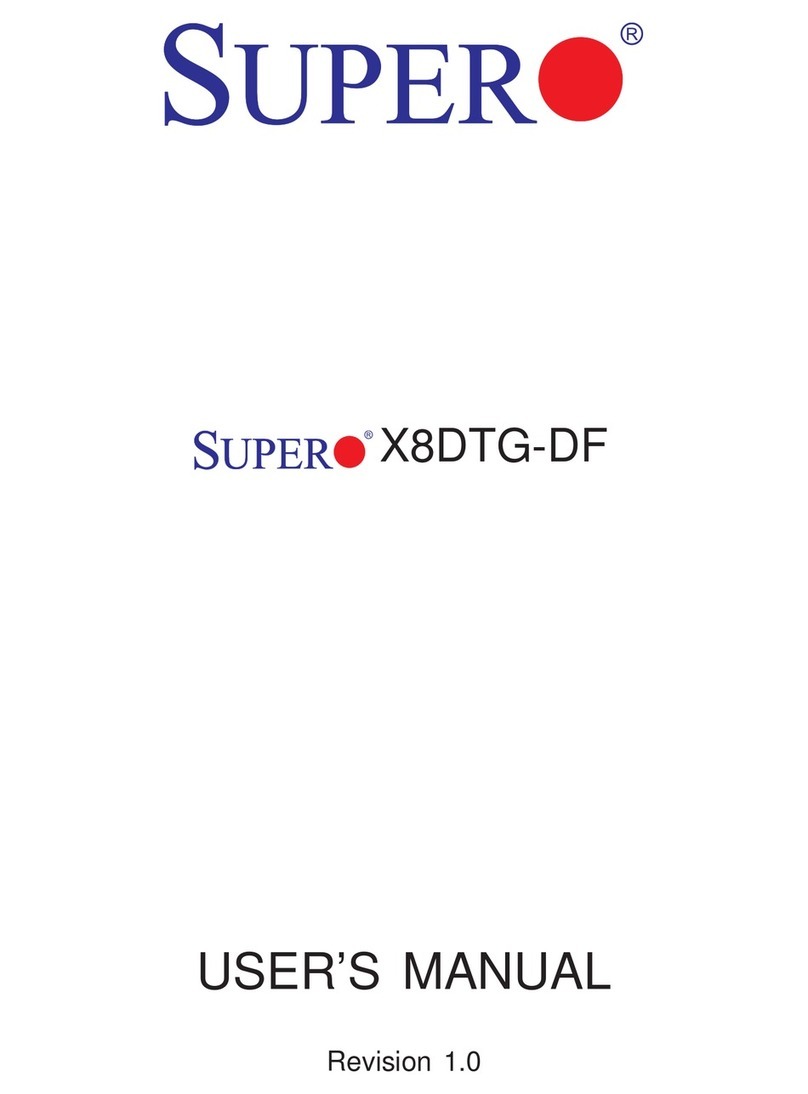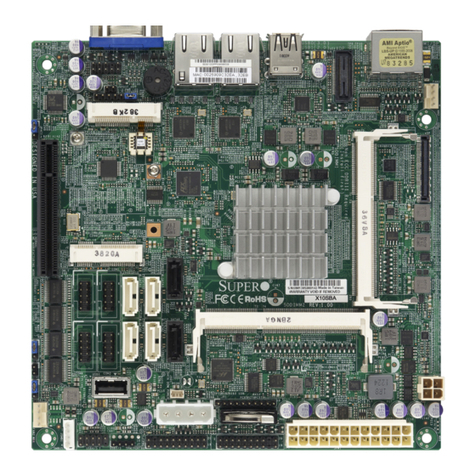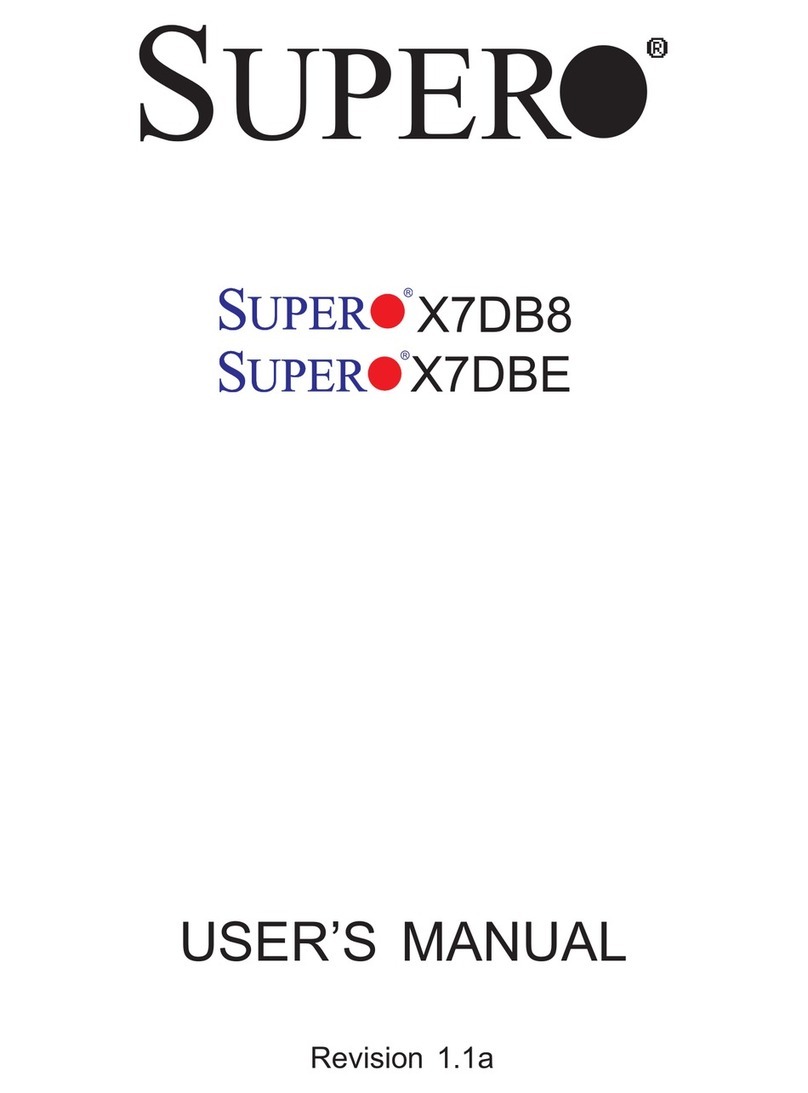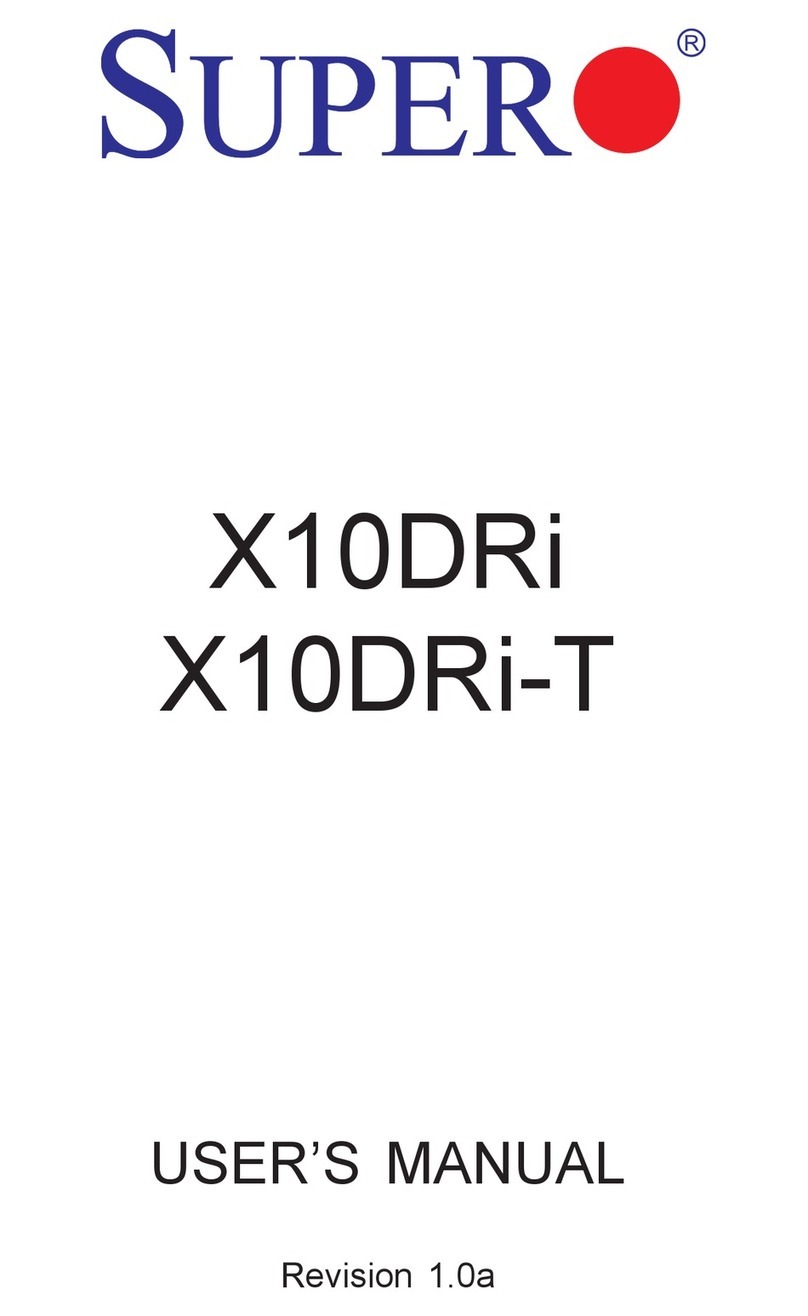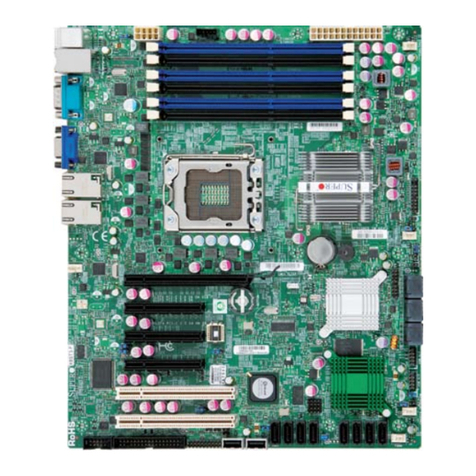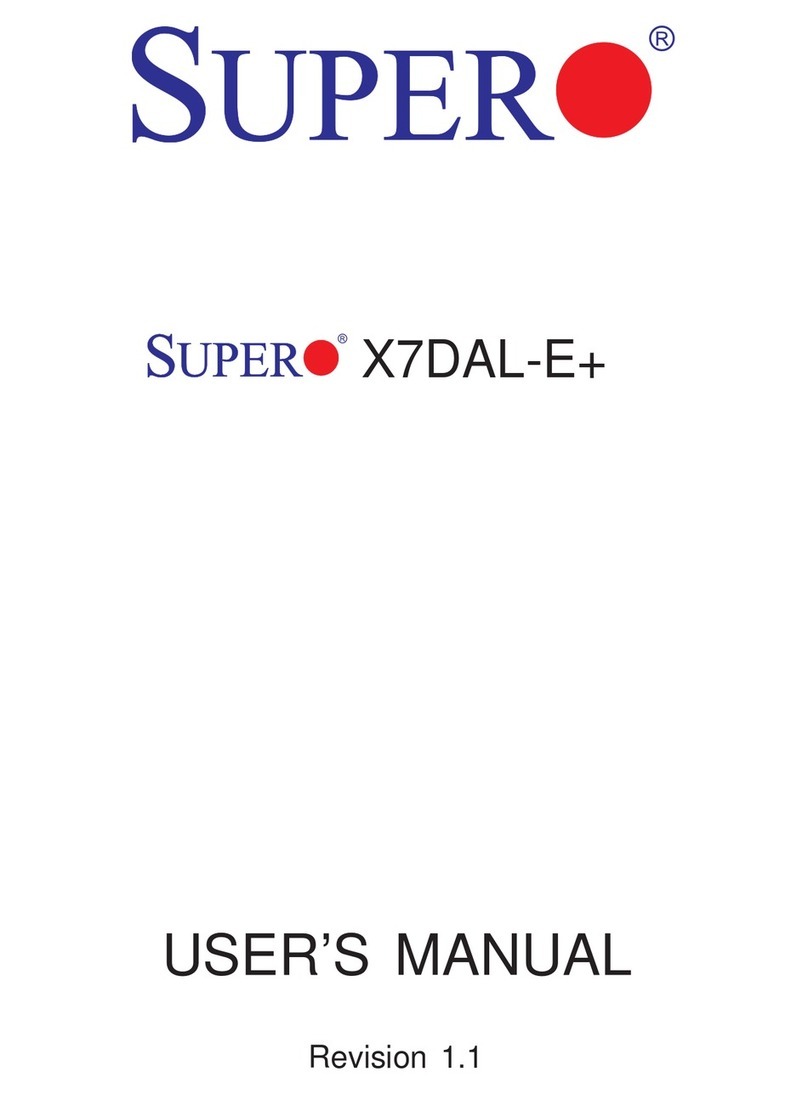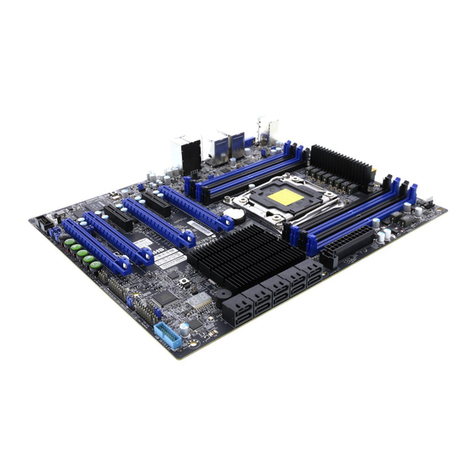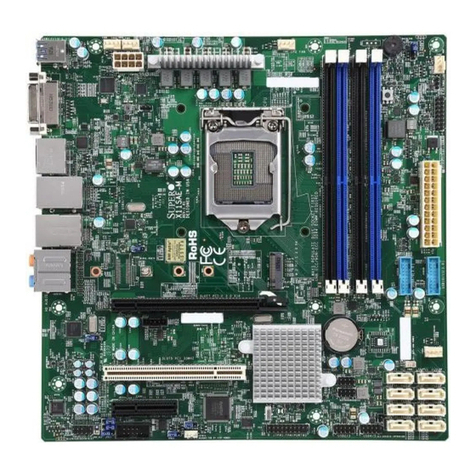SUPER P4STA User’s Manual
Chassis Intrusion Header ..................................................................... 2-11
Overheat LED .......................................................................................... 2-11
2-7 Jumper Settings ............................................................................................ 2-12
Explanation of Jumpers ........................................................................ 2-12
Rambus Bus Speed............................................................................... 2-12
CMOS Clear............................................................................................. 2-13
AC'97 Enable/Disable ............................................................................. 2-13
Wake-On-Ring ......................................................................................... 2-13
Keyboard Wake-Up................................................................................. 2-14
2-8 Parallel Port, Floppy/Hard Disk Drive and AGP Connections................ 2-14
Parallel Port Connector ......................................................................... 2-15
Floppy Connector................................................................................... 2-15
IDE Connectors ...................................................................................... 2-15
AGP Slot................................................................................................... 2-16
2-9 Installing Software Drivers......................................................................... 2-17
Chapter 3: Troubleshooting
3-1 Troubleshooting Procedures ......................................................................... 3-1
Before Power On...................................................................................... 3-1
No Power................................................................................................... 3-1
No Video.................................................................................................... 3-1
Memory Errors.......................................................................................... 3-2
Losing the System’s Setup Configuration ............................................ 3-2
3-2 Technical Support Procedures ..................................................................... 3-2
3-3 Frequently Asked Questions......................................................................... 3-3
3-4 Returning Merchandise for Service ............................................................. 3-6
Chapter 4: Award BIOS
4-1 Introduction....................................................................................................... 4-1
4-2 Running Setup.................................................................................................. 4-2
4-3 Main BIOS Setup.............................................................................................. 4-2
4-4 Advanced BIOS Setup.................................................................................... 4-6
4-5 PCI/PnP Menu ................................................................................................. 4-18
4-6 Power Management ...................................................................................... 4-19
4-7 Boot-up Devices............................................................................................ 4-22
4-8 Security Setup ............................................................................................... 4-24
4-9 Exit Setup ....................................................................................................... 4-26
Appendices:
Appendix A: Award BIOS POST Messages ....................................................... A-1
vi
